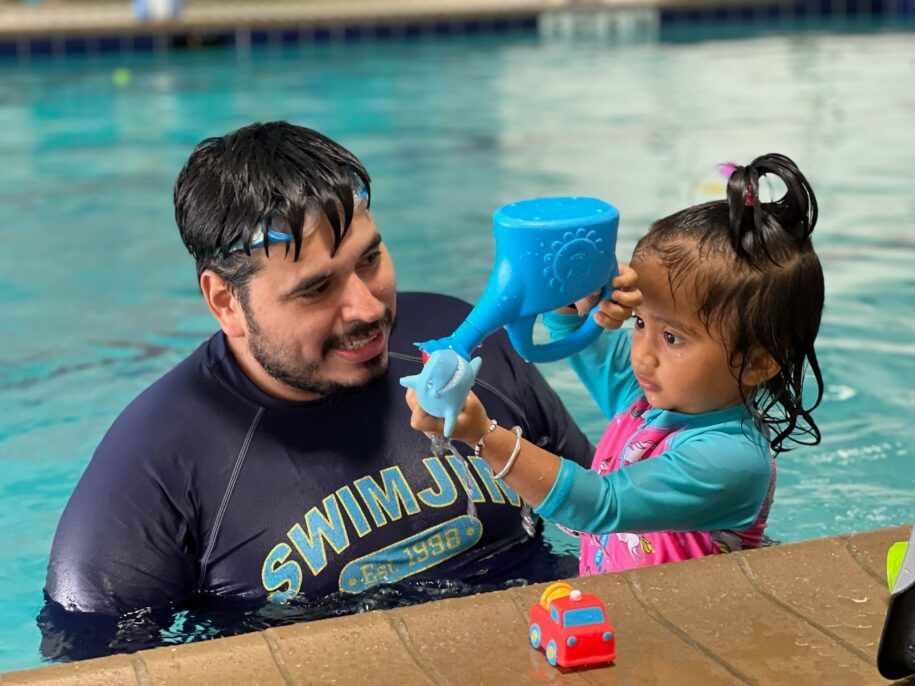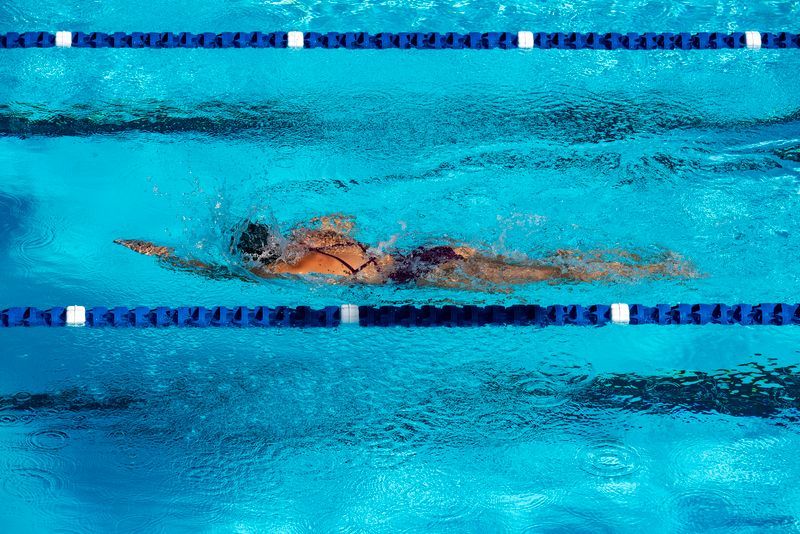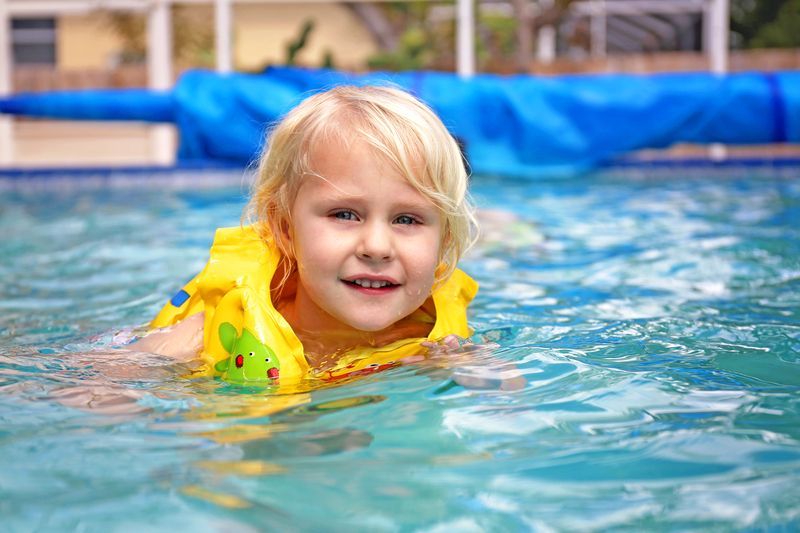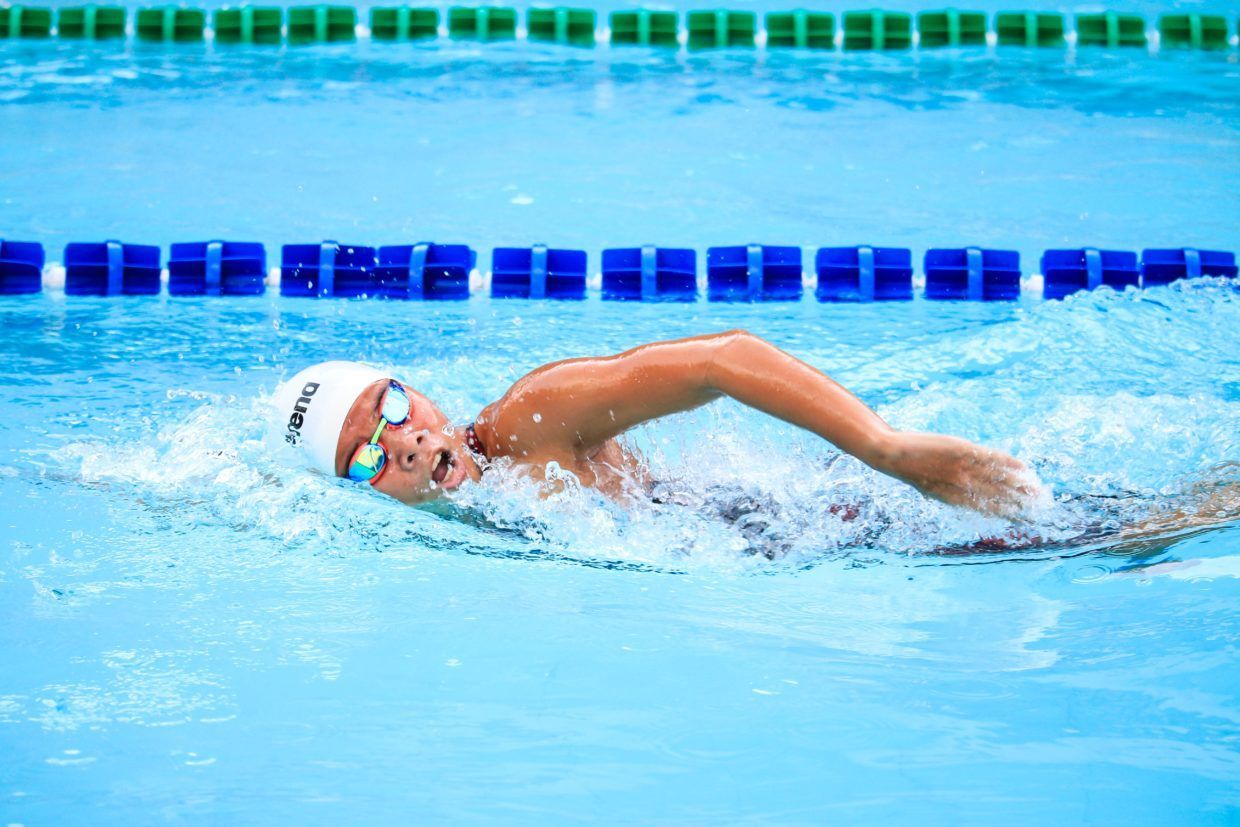Diving Into Development: How Kids Benefit from Swimming

Swimming isn’t just a fun way to cool off during the summer. It’s also a great skill that can help children grow in many ways. It teaches them about safety, builds their muscles, and even helps them do better in school. When kids learn to swim, they are setting themselves up for a healthier and happier life.
The Importance of Physical Development in Early Childhood
Physical growth and development during early childhood are crucial for long-term health and well-being. The basics of early childhood physical development include the advancement of gross motor skills, such as crawling, walking, and running, which are pivotal for everyday activities. These foundational movements are building blocks for more complex physical activities that children will encounter in their development. Aquatic activities, in particular, play a significant role in this dynamic development. The resistance of water provides a supportive environment for young children to safely explore and enhance their physical capabilities.
Swimming and other aquatic activities are particularly influential in the development of gross motor skills, critical for overall growth. As children engage in swimming, they must coordinate their arms and legs to move through the water, promoting balance and strength. This form of exercise is unmatched in its ability to engage multiple muscle groups simultaneously, effectively enhancing muscular strength and endurance. The buoyancy of water also allows for the practice of skills that may be too difficult for children to perform on land due to the effects of gravity. As children in New York City and Houston participate in swim classes, they develop physical skills essential for a healthy transition into later childhood.
Brain Boost: Neurological Benefits of Swimming for Toddlers
Cognitive development in toddlers can be significantly supported through swimming activities. Engaging in regular swimming sessions stimulates brain function, fostering neural connections essential for cognitive growth. In fact, research has shown that physical activity, including swimming, can have a profound impact on cognitive abilities, including memory and problem-solving.
Swimming also establishes a connection between physical and cognitive development by improving coordination. Coordinated movements required in a variety of swim strokes engage different parts of the brain. Not only does this enhance physical coordination, but it also nurtures the neurological pathways that govern coordinated actions across various tasks, such as writing and playing sports. The rhythmic movements in water, which involve synchronization of limbs and breathing, can indeed amplify brain function. By encouraging toddlers to swim, whether in the bustling environments of New York or the warm climates of Texas, caregivers are providing them with an early advantage in both their physical and cognitive trajectories.
The Sensory World of Water Play
When young children experience the world of water play, they engage in an enriching sensory integration process. Water play goes beyond the mere act of swimming; it incorporates a variety of sensory stimuli such as temperature variations, water pressure, and the different resistance levels experienced when moving in water compared to air. These sensations are not only enjoyable for children but are key to the development of sensory processing skills.
Diverse sensory experiences provided by swimming can also aid in the child’s ability to process sensory input from their environment, which is crucial for learning and interacting with the world around them. Being in water offers a unique medium for this development as children must adapt to the fluidity and buoyancy that water provides, distinguishing it from other play environments. Within the SwimJim programs, this sensory-rich environment of swimming pools in places like Houston and Brooklyn enables children to explore and grow in ways they might not on dry land.
It is clear that swimming represents more than just a recreational activity for young children; it is a comprehensive platform for early development. As children in cities like New York and Houston engage in events like SwimJim’s structured swim lessons, they reap the benefits of a healthy, safe, and developmentally enriched early childhood experience. Swimming is not just about staying afloat – it’s about laying the groundwork for a lifetime of physical health and cognitive achievements.
Swimming’s Role in Developing Coordination and Motor Skills
Bilateral coordination, the ability to use both sides of the body in a coordinated way, is a fundamental aspect of swimming that has significant benefits for children’s development. Mastering strokes such as the crawl or the breaststroke requires the use of alternate limbs, challenging children to develop a keen sense of rhythm and symmetry. The refinement of these skills in the water translates into better coordination on land, which is critical for tasks ranging from writing to participating in team sports.
Swimming also presents a safe environment to enhance both fine and gross motor skills. As children manipulate the water with their fingers and hands during different strokes, they enhance their fine motor skills. Gross motor skills get a workout too, as children use their larger muscle groups to propel themselves through the water. This dual development is instrumental for the overall physical growth of a child. Swimming serves as an exceptional method to develop body awareness and control. Through regular practice, young swimmers become acutely aware of how their bodies move and function, leading to improved posture and physical confidence.
SwimJim’s Tailored Approach to Child Development
SwimJim acknowledges the unique developmental milestones of each child and addresses them within their swimming lesson curricula. By customizing swim instruction to meet the needs and abilities of each learner, SwimJim ensures that children are not just learning to swim but are also gaining skills that are age-appropriate and supportive of their developmental stages.
The integration of play-based learning within SwimJim’s swim lessons is central to their teaching strategy. Using games and fun activities, instructors engage children’s natural curiosity and enthusiasm, making the learning process enjoyable and effective. This approach helps reinforce essential swim skills and water safety knowledge without the pressure of a traditional learning environment.
Within the SwimJim program, there is a progression of swim levels that allows for skill acquisition in a structured yet flexible manner. Starting from baby programs and moving up through various levels as children grow and develop, SwimJim offers an environment where each child can celebrate their achievements and be challenged to reach new milestones.
Safety and Confidence: The Overarching Benefits of Learning to Swim
Instilling a sense of water safety from an early age is imperative. With drowning as a leading cause of accidental death in children, every swimming lesson is an opportunity to equip young ones with crucial survival skills. Through lessons, children learn to respect and navigate water safely, reducing the risk of water-related accidents.
Swimming fosters a sense of achievement and self-reliance, contributing to a child’s confidence and independence. As children master new skills and learn to move independently in the water, they develop a sense of pride and assurance that translates into other areas of their lives.
The Social and Emotional Perks of Group Swim Lessons
Group swim lessons are more than just learning to navigate the water; they’re a social experience that can have lasting effects on a child’s development. In group settings, children learn to take turns, communicate with their peers, and encourage one another, which are all important aspects of social skill-building. By partaking in group lessons, children learn cooperation and teamwork, which are valuable life skills.
Emotionally, swimming with peers can contribute to a sense of belonging and camaraderie that is essential for young children’s emotional health. Overcoming challenges and celebrating successes together can foster a supportive community, making swim lessons a safe space for emotional expression and growth.
Embracing a Healthy Lifestyle with Early Swimming Habits
Introducing children to swimming can be the cornerstone of an active lifestyle. Developing an early love and habit of swimming can encourage children to maintain an active routine into adulthood, supporting lifelong health and fitness.
By learning the importance of consistency and practice in mastering swimming skills, children also learn valuable lessons about perseverance and dedication. Establishing these habits early on is beneficial not only in their swimming endeavors but across various aspects of their lives, from academic pursuits to personal hobbies.
For families in New York City and Houston, SwimJim represents a commitment to fostering healthy, safe, and confident children through the art and skill of swimming. These lessons prepare young swimmers not just for the water but for life, emphasizing the many ways in which swimming can benefit early childhood development.
Ready to watch your child dive into a world of growth and discovery? Visit SwimJim’s swimming lessons page to find out more and start your child’s transformative aquatic adventure today.
The post Diving Into Development: How Kids Benefit from Swimming appeared first on Swim Jim.







